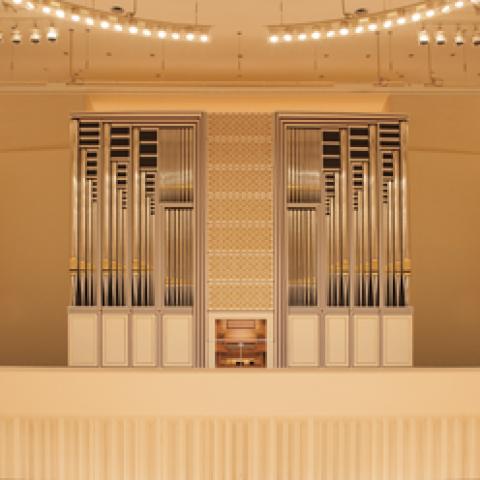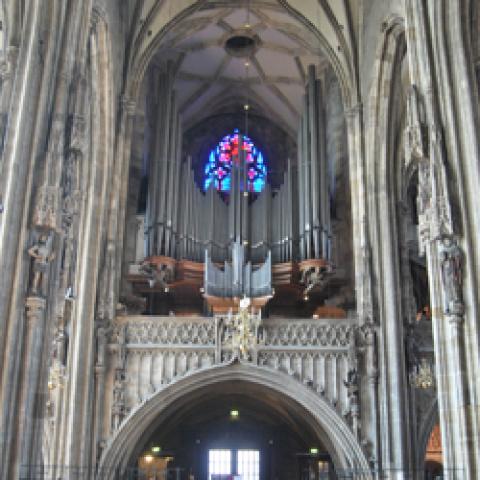
The Rieger Organ Company in Schwarzach, Austria, has completed the installation of three new instruments: in Seoul Sin-Gil Church (three manuals with fifty-three stops), Seoul, Korea; in the Church of the Franciscan monastery in Klaipeda, Lithuania (three manuals with thirty-seven stops); and a new organ for the Folkwang University in Essen, Germany, with thirty-five stops on three manuals.
The Rieger company has recently been chosen to build a new instrument of four manuals and sixty-eight stops for the Lotte Concert Hall in Seoul. The company has installed a new instrument of three manuals and forty-one stops for the University of Music and Performing Arts in Vienna, and has completed the installation at the University of Pretoria in South Africa. Rieger has also built a Cavaillé-Coll-style instrument of two manuals and thirty stops for Nasunogahara Harmony Hall in Japan.
Most recently, three new instruments were completed for the Basilica of Annunciation in Nazareth. Three new pipe organs are being installed in the Stravinsky Music School in Moscow, which is primarily a music school for children. Rieger is building two practice instruments of seven stops each, as well as a fifteen-stop concert organ in the auditorium. All three instruments have a special moving pedalboard that Rieger has designed, which adjusts to the height of the children.
For information:




